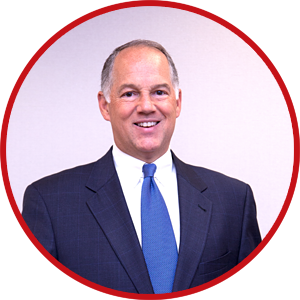 I strongly believe that alignment is Job One.
I strongly believe that alignment is Job One.
But every company must create alignment in a unique, One-of-a-Kind Way.
Three primary factors impact your company’s approach to creating alignment.
The first factor is your company’s life stage. Startups are worried about survival, and spinouts are focused on cutting the corporate umbilical cord.
The second factor is your company’s operating model. Some companies run like denominations, and some churches run like corporations.
The third factor is your company’s business philosophy. Often, this is reflected in how many One and Only One corporate standards you use.
When you combine these three factors, the result is thousands of unique permutations.
However, regardless of your company’s unique situation, alignment is mission-critical.
Our goal was to develop One Methodology that would work for every company, regardless of life stage, operating model, or business philosophy.
This led us to develop the Drive One Direction methodology.
We believe that every company, regardless of life stage, operating model, or business philosophy, can—and should— apply the Drive One Direction methodology. However, every company should do so in a unique, One-of-a-Kind Way.
For example, every company has a brand. Your job is to create a unique, One-of-a-Kind corporate brand.
Every company has a culture. You must create a unique, One-of-a-Kind corporate culture.
Developing a One-of-a-Kind Way of creating alignment will differentiate you from your competitors. It will allow you to create a unique One-of-a-Kind Company.
Some of the exemplar companies, such as Amazon, use the term “DNA” to articulate their unique approach to creating alignment. We like that, since your DNA both identifies who you are and differentiates you from everyone else.
Alignment is Job One, but every company must create it in a unique, One-of-a-Kind Way.
SHIFTPOINTS® helps companies unleash the accelerating power of alignment, because Alignment is the ultimate competitive advantage™. Contact us at start@shiftpoints.com or www.shiftpoints.com.



 The classic illustration of alignment is the rowing crew.
The classic illustration of alignment is the rowing crew.
 I believe that the root cause of virtually every organizational problem is misalignment.
I believe that the root cause of virtually every organizational problem is misalignment.